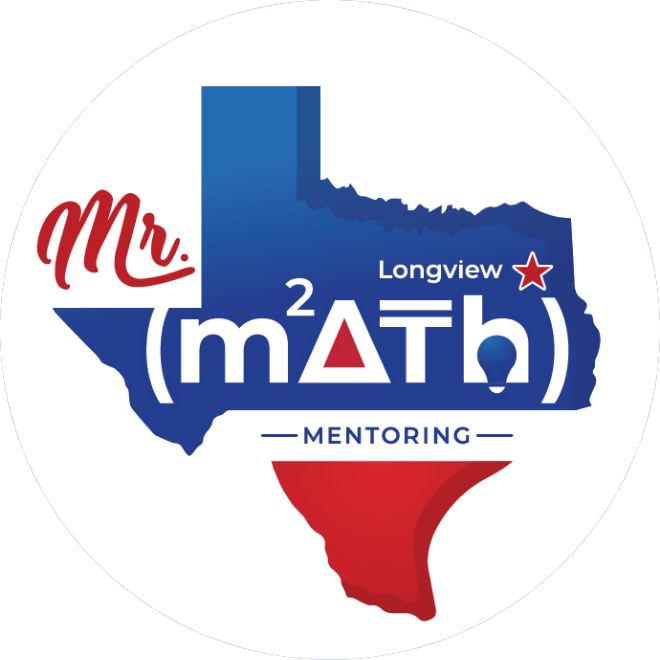Call Now
CALCULUS 2
Introduction to Calculus 2
Calculus 2, often referred to as Integral Calculus, builds on the foundational concepts introduced in Calculus 1. While Calculus 1 primarily focuses on differentiation and the basics of integration, Calculus 2 delves deeper into the methods of integration, infinite series, and the applications of integrals. This course is essential for advancing your understanding of mathematical analysis and its applications in fields such as engineering, physics, economics, and beyond.
Content Areas
Advanced Integration Techniques
- Integration by Parts: Learn to apply integration by parts, a method derived from the product rule for differentiation, to solve more complex integrals.
- Trigonometric Integrals and Substitution: Master techniques for integrating trigonometric functions and using trigonometric identities to simplify integrals.
- Partial Fraction Decomposition: Understand how to decompose rational functions into simpler fractions that can be integrated individually.
- Improper Integrals:
Explore integrals with infinite limits or unbounded integrands and learn how to evaluate them.
Infinite Sequences and Series
- Convergence and Divergence: Study the behavior of sequences and series, including tests for convergence and divergence.
- Power Series: Learn about power series and their role in representing functions as infinite sums.
- Taylor and Maclaurin Series: Understand how to approximate functions using Taylor and Maclaurin series expansions.
Parametric Equations and Polar Coordinates
- Parametric Equations: Analyze curves defined by parametric equations and learn how to compute their derivatives and integrals.
- Polar Coordinates: Explore the polar coordinate system, including how to convert between Cartesian and polar coordinates and how to compute areas and lengths of curves in polar form.
Applications of Integrals
- Arc Length and Surface Area: Use integrals to calculate the arc length of curves and the surface area of solids of revolution.
- Work and Fluid Force: Apply integration techniques to solve problems involving physical work and fluid pressure.
- Center of Mass and Centroids:
Learn how to find the center of mass and centroid of a region using integrals.
Success in Calculus 2 requires a strong grasp of these advanced concepts, as they are crucial for further studies in calculus and related disciplines.
 Button
Button
Why Is It Important to Have a Diagnostic Assessment First?
Before starting Calculus 2, it is vital to take a diagnostic assessment to identify your current strengths and areas that may need further review. This assessment helps ensure that you have a solid understanding of the foundational concepts from Calculus 1, which are necessary for tackling the more advanced topics in Calculus 2. By pinpointing areas that require additional focus, you can tailor your study plan to address these gaps, making your preparation more efficient and effective. The diagnostic assessment also provides a baseline for tracking your progress, allowing you to adjust your study strategies as needed to ensure success in Calculus 2.
Requirements Before Taking the Diagnostic Test
To ensure that the diagnostic test accurately reflects your abilities, it's important to take it under optimal conditions. Here’s what you should do:
- Find a Quiet Place: Ensure you are in a quiet, comfortable space free from distractions. This will help you focus and perform at your best on the test.
- Eliminate Distractions: Remove any potential distractions, such as electronic devices or other items that might divert your attention during the test.
- Give Honest Effort: Answer all questions to the best of your ability without seeking outside help. Honest answers will provide a true reflection of your current understanding and highlight the areas where you need to improve.
- Submit the Test:
Once you have completed the diagnostic test, make sure to submit your answers. You will receive a detailed report with results, highlighting strengths and areas to focus on during your preparation.
 Button
Button
